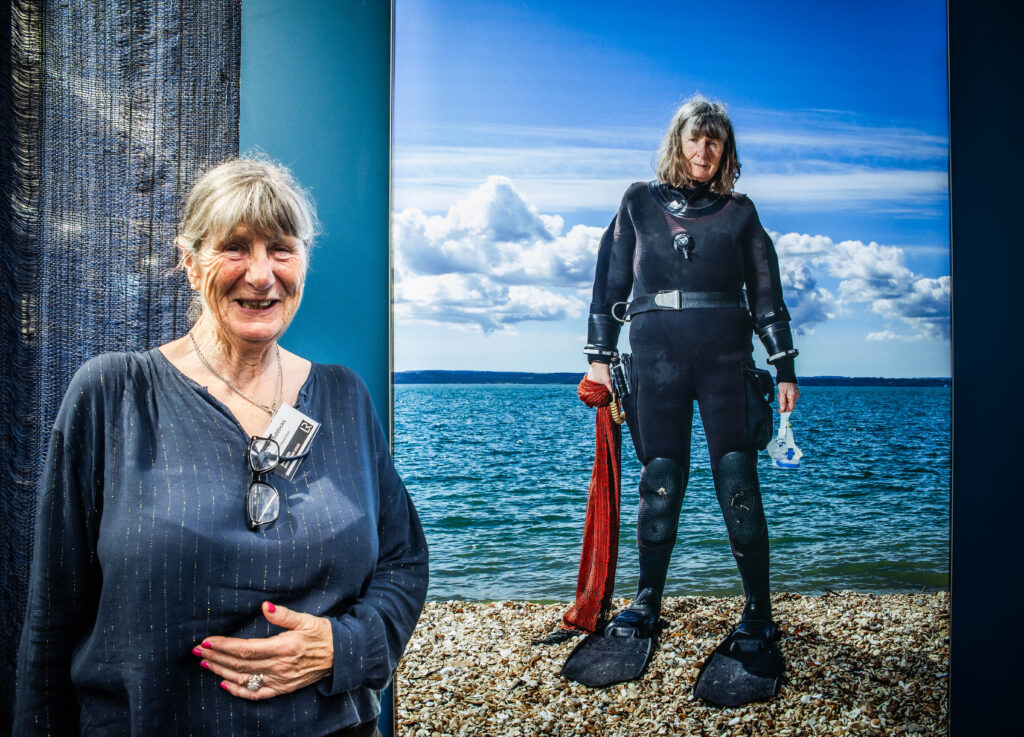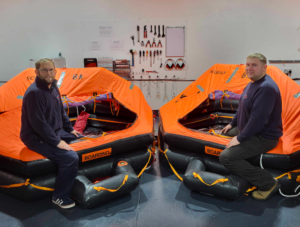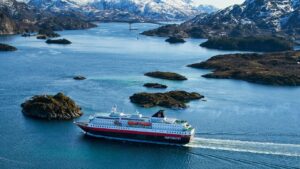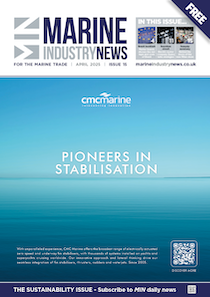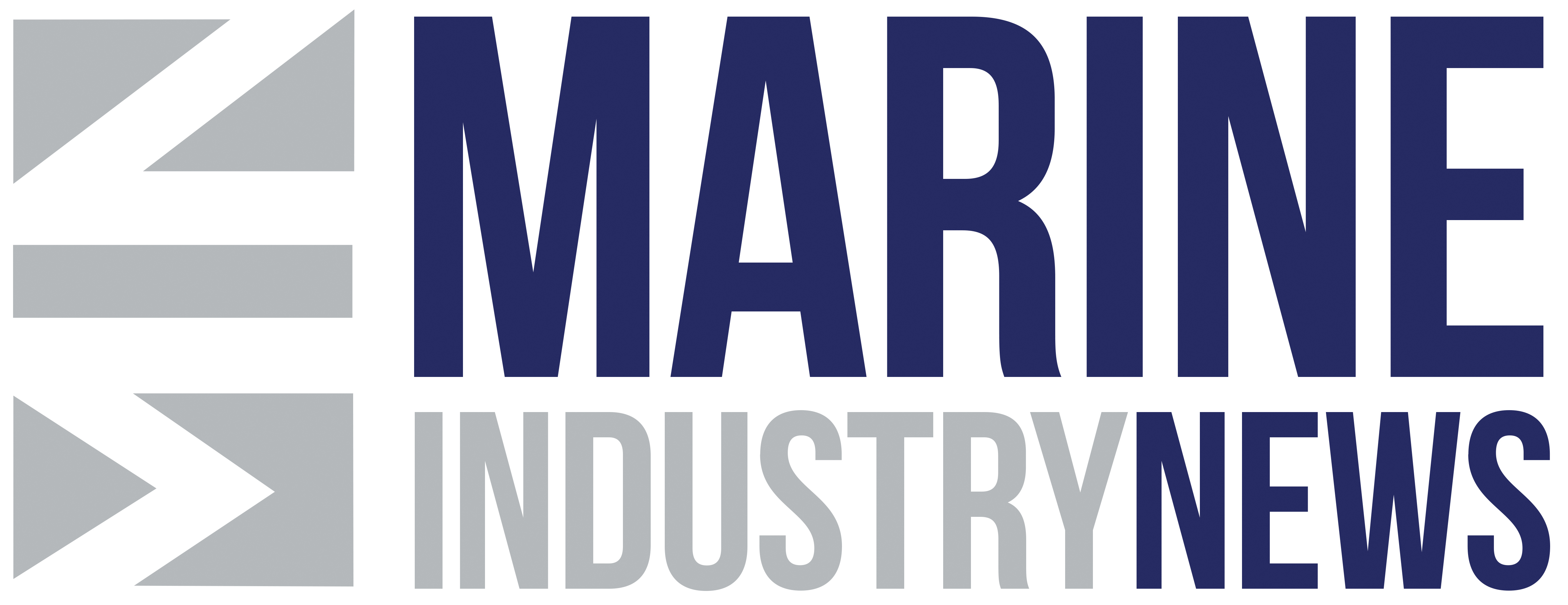Forgotten women of maritime history take centre stage
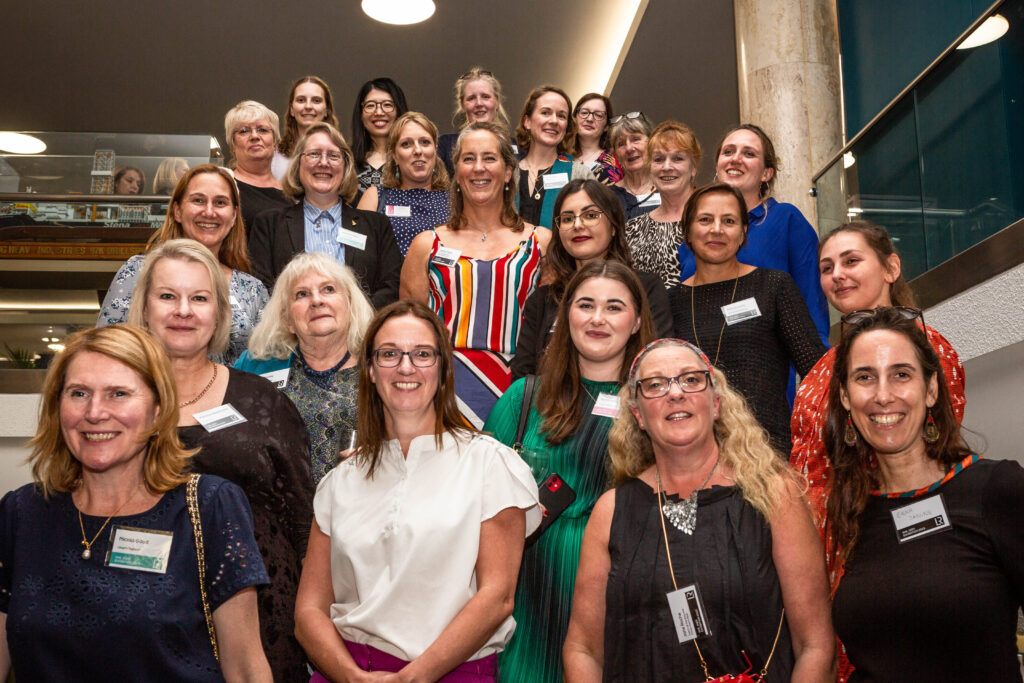
New research has uncovered an extensive history of trailblazing female voices in the maritime industry, writes Louise Sanger, head of research, interpretation & engagement for Lloyd’s Register Foundation
The maritime industry has historically been male dominated. Women account for only 29 per cent of the overall workforce in the industry, with female seafarers making up just two per cent of the crewing workforce (and they’re predominantly found in the cruise industry).
But now the archived history of women in maritime is being highlighted online thanks to a group of organisations including Historic England, the RNLI, Associated British Ports and many more.
Rewriting women into maritime history has looked at archive material in London and across the UK and Ireland and a plethora of female voices have been uncovered who were showcased in an exhibition entitled She-Sees. The project is striving to highlight inequalities through showcasing the forgotten voices of the past.
One such story uncovered is that of Eliza Plimsoll. On 22 July 1875, Eliza was confronted by a doorkeeper in the Houses of Parliament about the large bag she was carrying. After making her excuses, she was allowed to continue up to the Ladies’ Gallery, a separated area from the chamber designed to prevent the men becoming ‘distracted’ by the ladies (and also symbolising women’s exclusion from the seat of political power).
Eliza’s husband Samuel Plimsoll, a Liberal MP, was a renowned campaigner for seafarers. He’s remembered for campaigning on the safe loading line – known as the Plimsoll Line.
In an era when many cargo ships were sent out dangerously overloaded, a load line that revealed if the ship was sitting too deep in the water had the potential to save thousands of lives. It was Eliza who encouraged Samuel to take up this campaign.
By this time in 1875, previous bills to ensure a safe load line on ships had been unsuccessful.
On this occasion, Eliza pulled printed copies of a written protest from her bag and threw them down through the grille. The Press Gallery directly below was quite literally rained on with Plimsoll’s political statements, something they found hard to ignore. Eliza and Samuel’s combined actions in Parliament swayed public opinion and the bill was passed the following year.
Eliza was the voice behind almost all of Samuel’s speeches, a quiet and unassuming woman in public who was the driving force behind the same safe load line concept used today. She kept Samuel sailing on course and is one of many women history had forgotten about.
Now there are vast opportunities available to women in the shipping industry. There are almost 26,000 active UK seafarers and a wide number of job opportunities in the industry for women to forge a successful career. From office-based jobs to offshore and onshore roles, it isn’t a lack of vacancies causing this issue, but an unbalanced representation and career pathways. This has to change, and heroic stories from the past may be the talking point to do just that.
Raising awareness of these issues is fundamental to changing the tide on diversity in maritime.
The disparity of diversity in the maritime industry has been recognised by organisations around the globe. The Department for Transport’s Maritime 2050 People Route Map aims to change the future of maritime, promoting equality and inclusivity in the UK. The Global Maritime Forum, meanwhile, has called on industry leaders to come together in changing the narrative when it comes to women in maritime.
Important milestones in the maritime industry have already shown that change is coming. In 2019, for example, Associated British Ports became the first UK port operator to offer specialised women’s PPE. This included workwear suitable for maternity and protective clothing designed for the female body rather than the standard male design. While to outsiders this may not seem significant, for women in the maritime industry, this allows them to finally wear the correct uniform for them to be able to safely undertake the same roles as their male counterparts.
It’s hoped that sharing stories of inspirational women will encourage more to consider a maritime career today, increasing diversity, inclusion and equality in a safe and sustainable maritime economy.
Main image above is the team behind the She-Sees exhibition.
